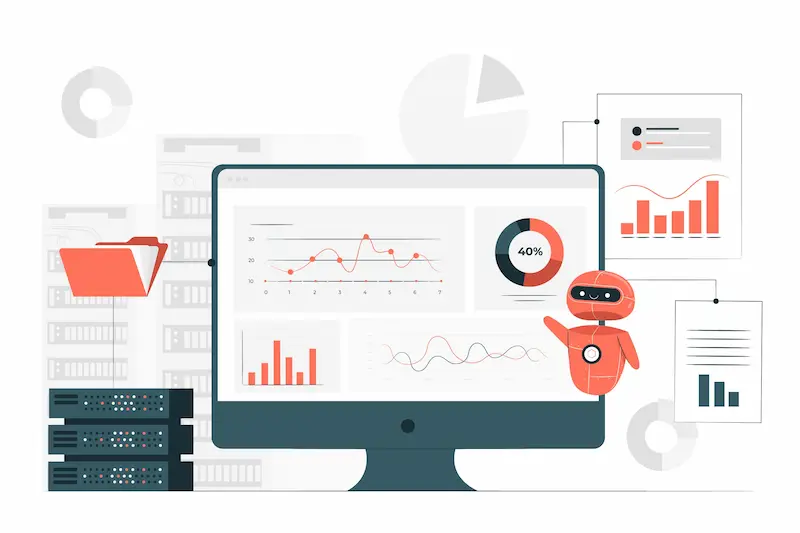
The Significance of End-to-End (E2E) Testing in Modern Software Development
- Chandrasekar
- Automaion
- 04 Apr, 2022
Introduction
Software development relies on various testing levels to ensure the quality of the final product. Roles such as QA Testers, Test Analysts, and Test Automation Engineers are responsible for conducting both manual and automated testing. In modern development processes, frequent iterations and releases demand efficient testing tools to uphold software quality and testing pace.
Understanding End-to-End (E2E) Testing:
End-to-End (E2E) Testing is a critical process in web applications where backend and frontend components collaborate as a cohesive unit. While API testing, unit testing, and component testing verify individual elements, E2E Testing ensures seamless integration and smooth functionality of the entire application. It focuses on validating user flows and experiences from an end-user’s perspective.
The Need for E2E Testing:
In the early stages of a simple web application, manual testing may suffice. However, as the application evolves with changes and new features, repetitive manual testing becomes tedious and increases the risk of missing test cases. E2E Testing addresses this challenge by automating the testing process, detecting and eliminating end-user bugs early on, reducing delivery time, and providing a comprehensive test from the user’s perspective.
Advantages of E2E Testing:
-
Early Bug Detection: E2E testing helps catch issues that might be missed in other testing levels, saving time and resources and preventing more significant problems in later stages.
-
Increased Customer Confidence: Comprehensive test coverage boosts customer confidence and satisfaction. Users experience enhanced trust and satisfaction when a high-quality application consistently meets their needs and performs reliably under real-world conditions.
-
Developer Empowerment: E2E Testing empowers developers by encouraging them to understand the entire application and its interactions from the end-user’s perspective, thus enhancing their testing skills.
-
E2E testing is essential in CI/CD processes, fostering developer familiarity with pipelines, automated testing, and continuous feedback loops.
Example Scenarios that E2E testing leads to better User Experience
Seamless user registration process — A common scenario
In an SaaS application, End to End testing ensures that user registration process works flawlessly. It simulates real interactions, verifying easy completion of essential details like name, email, and password without errors. It covers various scenarios, including existing email addresses, valid email addresses, verify required fields are present in the form or weak passwords . By detecting and fixing issues, it creates a positive user experience, leading to smooth account registration and high user satisfaction.
Challenges with E2E Testing:
-
Continuous Deployment: With continuous deployment, maintaining robust test coverage at a swift pace requires scalable and automated E2E testing capabilities.
-
User Interface Consistency: Frequent updates and feature releases demand thorough testing to maintain consistency in the user interface across different modules and versions.
-
Network and Latency Issues: Evaluating performance with real-world network variability is crucial for SaaS applications that rely on consistent internet connectivity.
-
Cross-Browser and Device Testing: Comprehensive test coverage across multiple environments is essential to ensure consistent functionality and usability.
Practices to overcome the challenges
Planning for Testing scenario
-
Identifying and prioritizing critical user flows and functionalities to be tested. Focusing on high impact areas that impact user experience and business.
-
Real world testing scenario
-
Creating real-world test scenarios and conducting simulations on diverse devices with varying network latencies are essential to
guarantee the application’s stability -
Monitoring and Reporting tests: Set up test result monitoring and reporting to track the application’s health and performance over
time. -
Automation : Utilizing test automation tools and frameworks will help to achieve more extensive test coverage and reduce manual testing
efforts.
Various automation tools cater to E2E Testing:
Code Automation Tools:
- Selenium
- Puppeteer
- Cypress
- Playwright
Semi-Code Automation Tool:
- Qawolf
No-Code Automation Tools:
- Testim
- Testsigma
- Reflect
- Waldo